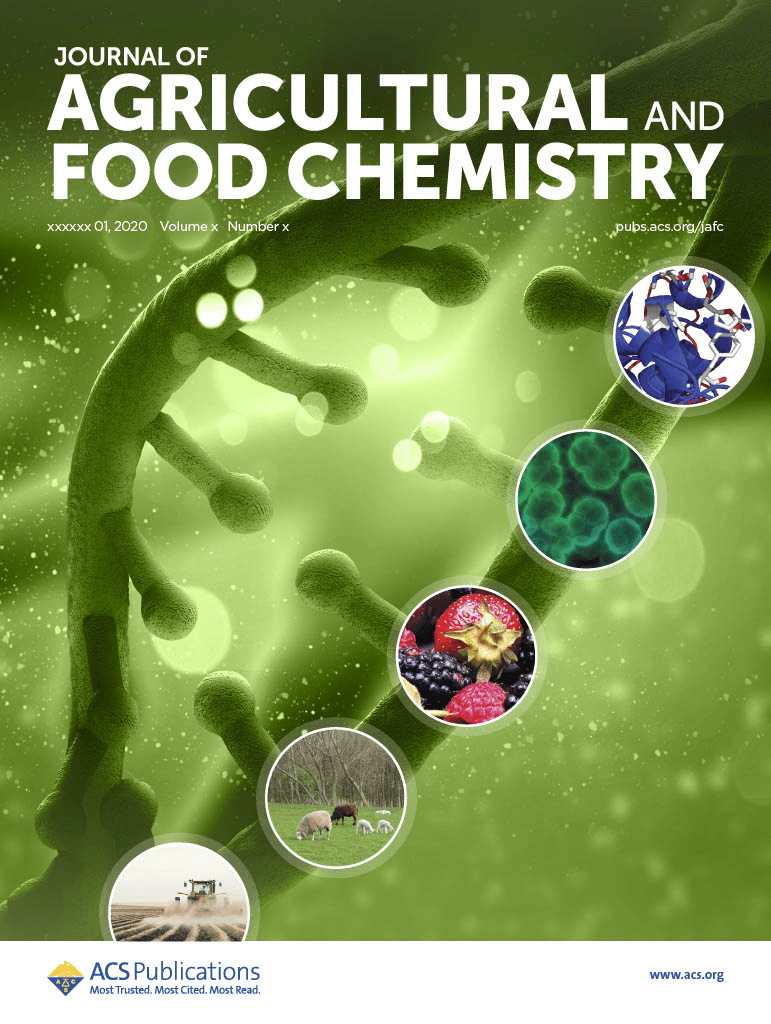A recent study on habanero peppers provides insight on how certain stress triggers can have a serious impact on plants and crop foods.

Keeping a plant or two has long been touted as being good for us, with time spent in the garden or just looking after a few indoor specimens related to improvements in mental health. But might this go in both directions—can plants be stressed? And how can we help?
Plant stress is regarded as any condition that affects or blocks metabolism, growth, or development. Abiotic stressors include environmental factors such as light, water, temperature, and macronutrient availability, while biotic stressors reflect other organisms that interact with the plant, such as pathogens and pests.1,2 These external influences trigger a variety of secondary metabolism pathways related to chemical defense strategies.
Untargeted metabolomic approaches have been applied to the fruit ripening process of different species before, including common food crops such as grapes, tomatoes, berries, chili peppers, and even quinoa.3-7
In these, distinct distribution patterns were observed in the changes of metabolites, gene expressions, and antioxidant activities at each developmental stage.3 These approaches have gained general acceptance in chemical and biochemical foodstuff characterization, and they have been successfully used to determine specific plant fingerprints for authentication and valorization.5
When Habaneros Can’t Take the Heat
Here, new research reported in ACS Agricultural Science & Technology used this data-mining approach to reveal that periods of stress change the balance of natural compounds in habanero peppers.7 This is the first time that an untargeted metabolomic analysis has been conducted in habanero peppers (Capsicum chinense) from plants grown under nitrogen and phosphorous deficiency.
Habanero fruits are prized for their smoky taste, as well as the heat that comes from characteristic capsaicinoid compounds in the pericarp—the fleshy part of the fruit that forms from the wall of the mature ovary in the flower.
Peppers also contain a complex blend of vitamins, carotenoids, flavonoids, phenolic compounds, and other metabolites that contribute to flavor, antimicrobial, anti-inflammatory, and antioxidant properties. But growing conditions in Southern Mexico—particularly increased soil salinity and macronutrient deficiency—are having a stressful effect on this traditional harvest.7,8
The researchers found that metabolite changes were the most evident in ripe fruit. Nitrogen deficiency reduced the concentration of some metabolites but raised others, while phosphorus deficiency lowered metabolite diversity—which could make the plants less resistant to pathogens and pests. Overall, plants stressed by high soil salinity tended to over-accumulate low-molecular-weight features, such as sodium concentration, compared to controls.7
Understanding how plants interact with stressful environments is increasingly important. The authors note that this knowledge gained from their research may help us to make metabolic adjustments as climate change intensifies stress on crops.
Explore Related Research in ACS Journals
Star Polymers with Designed Reactive Oxygen Species Scavenging and Agent Delivery Functionality Promote Plant Stress Tolerance
DOI: 10.1021/acsnano.1c10828
Real-Time Fluorescence Imaging of the Abscisic Acid Receptor Allows Nondestructive Visualization of Plant Stress
DOI: 10.1021/acsami.2c02156
Regulatory Mechanism of the Constitutive Photomorphogenesis 9 Signalosome Complex in Response to Abiotic Stress in Plants
DOI: 10.1021/acs.jafc.1c07224
Mapping Molecular Signatures in Plant Leaves, Flowers, and Fruits by a TiO2 Nanotube-Based Plasmonic Chip for Imprint Mass Spectrometry Imaging
DOI: 10.1021/acsagscitech.2c00254
References
- S., A. et al. Priming with Nanoscale Materials for Boosting Abiotic Stress Tolerance in Crop Plants. J. Agric. Food Chem. 2021, 69, 35, 10017–10035.
- Silva, E. et al. Soybean Metabolomics Based in Mass Spectrometry: Decoding the Plant’s Signaling and Defense Responses under Biotic Stress. J. Agric. Food Chem. 2021, 69, 26, 7257–7267.
- Jang, Y. K. et al. Metabolomic Characterization of Hot Pepper (Capsicum annuum “CM334”) during Fruit Development. J. Agric. Food Chem. 2015, 63, 43, 9452–9460.
- Tian, X. et al. Proteomics and Metabolomics Reveal the Regulatory Pathways of Ripening and Quality in Post-Harvest Kiwifruits. J. Agric. Food Chem. 2021, 69, 2, 824–835.
- Chludil, H. D. et al. Soil Quality Effects on Chenopodium album Flavonoid Content and Antioxidant Potential. J. Agric. Food Chem. 2008, 56, 13, 5050–5056.
- Ritota, M. et al. Metabolomic Characterization of Italian Sweet Pepper (Capsicum annum L.) by Means of HRMAS-NMR Spectroscopy and Multivariate Analysis. J. Agric. Food Chem. 2010, 58, 17, 9675–9684.
- Rodríguez-López, C. et al. Untargeted Metabolomics Unveils the Edaphic Stress Impact on Habanero Pepper Ripening Fruit. ACS Agric. Sci. Technol. 2023, 3, 1, 33–44.
- Urrea-López, et al. Effects of Substrate Salinity and Nutrient Levels on Physiological Response, Yield, and Fruit Quality of Habanero Pepper. HortScience 2014, 49, 6, 812.
